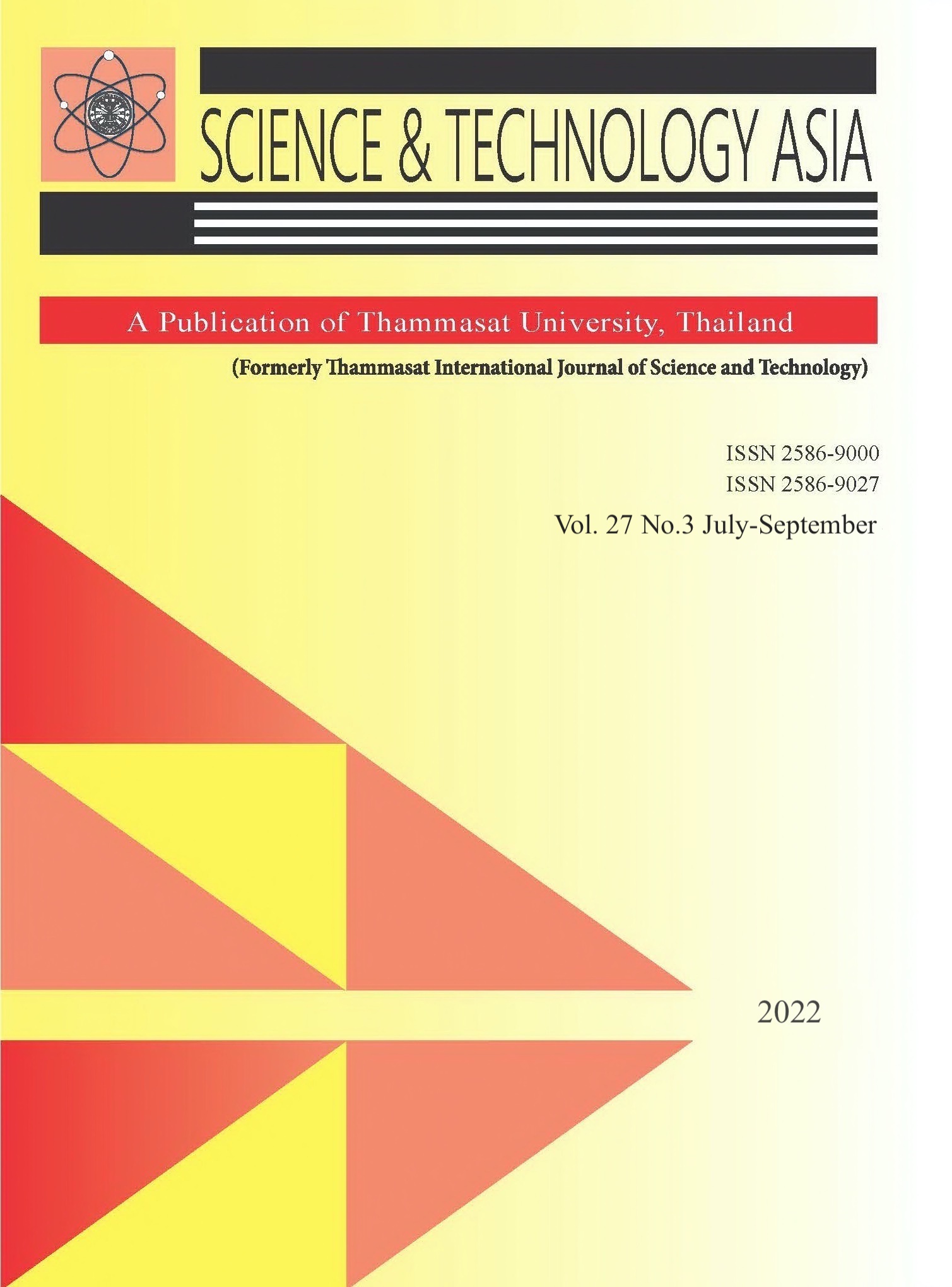Removal of Copper from spiked Aqueous Solution Using Activated Carbon of Rice Husk
Main Article Content
บทคัดย่อ
Reprocessing materials as an adsorbent derived from agricultural waste like rice husk has been broadly applied to eliminate hazardous substances from the environment. The main objective of this research was to produce activated carbon from the agricultural waste of rice husk using activating agents like zinc chloride (ZnCl2) (1:2 ratio) and to evaluate the efficiency of copper removal with lower dosage from spiked aqueous solution. The batch adsorption process showed that the adsorption process was dependent on dose, pH, concentration and contact time. Within 10 min for the initial concentration of (1-5mg/L), the copper was removed absolutely (~100%) and the adsorption quantity was good (~20.45mg/g) using 0.25g/L of activated carbon for 100 mL aqueous solution at pH 6. But at the equilibrium state, the copper removal percentage was slightly decreased and obtained (97-100 %). Adsorption isotherm was well fitted with Langmuir (R2= 0.9946) and Freundlich isotherm (R2= 0.9979). Moreover, the kinetic isotherm was closely fitted by the pseudo second-order model with the regression coefficient (R2~ 1). So, the activated carbon of rice husk can be used as an adsorbent to effectively reduce copper ion from wastewater.
Article Details

อนุญาตภายใต้เงื่อนไข Creative Commons Attribution-NonCommercial-NoDerivatives 4.0 International License.


